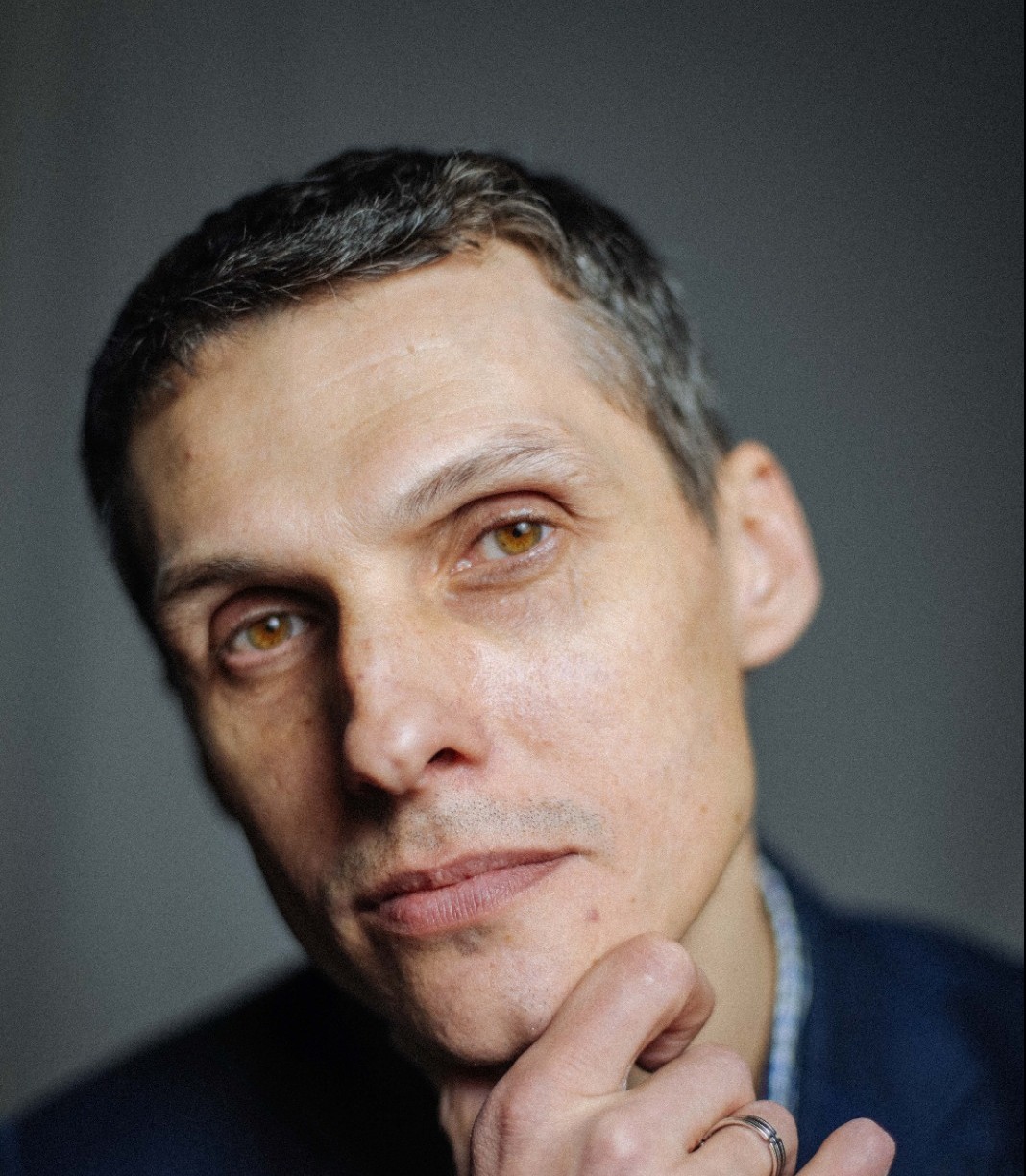31 October 2022
The Global State of Harm Reduction 2022: Foreword by Anton Basenko
On 24 February 2022, Russia invaded my country, Ukraine, and our lives were changed overnight. As someone who lives with HIV and has been a drug user for over 20 years, I was afraid, and I still am.
I remember the events that followed the annexation of Crimea in 2014-2015 and the occupation of parts of the Donbas region of Ukraine. We witnessed the complete closure of harm reduction services, including sites that provided opioid agonist therapy such as methadone and buprenorphine to those that needed it. Many years ago, these very services saved my life. Harm reduction programmes, and the non-judgemental approach that guides them, have saved many lives. Russia has consistently opposed the adoption of harm reduction at the international level, despite decades of evidence showing its effectiveness at helping people who use drugs live full lives and helping to curb the spread of infectious diseases like HIV. So when Russia invaded my country earlier this year, we didn’t know what would happen. But the response from civil society and communities of people who use drugs that followed has been nothing short of extraordinary.
I have seen firsthand the incredible strength and resilience of people who use drugs. We have a long history of forming networks and communities to take care of each other, in the face of stigmatisation and criminalisation; of mobilising for change; and of adopting innovative public health solutions, even with a lack of resources and when laws and policies didn’t allow for it. When the war in Ukraine began, harm reduction networks and networks of people of who use drugs responded at astonishing speed. We used the lessons we have learnt over the years to respond to HIV, the overdose epidemic and other crises, and applied them to the current moment, even in the face of unspeakable horrors.
The story of a woman I know from one of the eastern regions of Ukraine, who uses drugs, is an illustration of the strength and solidarity in our community. She witnessed unimaginable pain when her husband died after being blown to pieces in front of her eyes because of a Russian missile strike. She was left to care for her child, who suffered from cerebral palsy. But through networks of people who use drugs with whom she was connected with, she was evacuated from the dangerous place she was in, and was guided from city to city, from one harm reduction organisation to another, until she made her way through central and western Europe to a country in which she was able to safely reside. At every stage of her journey, she and her child received extraordinary support from local networks of people who use drugs and harm reduction organisations; they meet her at the railway/bus station, helped her find accommodation and access to food and opioid agonist therapy.
She now lives in safety, has gained protective status and social support, and can work peacefully, with access to quality harm reduction programmes which allow her to live happily and care for her child. So many people came together to help her but it was not chaotic; it was an organised and coordinated effort among people with shared values, who are committed to ensuring access to harm reduction services.
Her story is one among many of networks of people who use drugs helping each other. Despite the number of facilities destroyed and the displacement of people who use drugs due to the war, I am proud to say that our global harm reduction family is irrepressible and our desire to help each other is so strong that we can only move forward.
This report, the Global State of Harm Reduction 2022, shows just how resilient we are. Even in the midst of a war and a global pandemic, we were able to mobilise to ensure that our loved ones stay alive and that people who use drugs could access the services they needed.
The report shows where we are today, colourfully and clearly, with facts and evidence. It shows the world we can create when people who use drugs, people who work in non-governmental organisations, people who make laws and policies at the national and local level come together; a world of mutual respect which supports diversity, health, rights and freedom, and one that is free of judgment and stigma.
Harm reduction saves lives. It saved mine and those of so many I love. My hope is that donors and governments recognise this and step up to provide the resources and support we need to continue doing the work we do. Like so many of those who have preceded us in the harm reduction movement, we have shown the power of community-led efforts. It is time that we get the recognition we deserve, so we can continue our fight against discrimination, against HIV, tuberculosis, overdose and so we can prevent unnecessary suffering and death.
Anton Basenko
Ukrainian Network of People who Use Drugs (PUD.UA/VOLNA), Chair and Founding Member; International Network of People who Use Drugs (INPUD), Board Member; The Global Fund to Fight AIDS, Tuberculosis and Malaria, Board Communities Delegation, member; European AIDS Treatment Group (EATG), Programme Manager; Alliance for Public Health, Communities, Rights and Gender Adviser; Ukraine Cabinet of Minister’s National Council on HIV/TB, people who use drugs representative.

©AIDSFONDS
Don't miss our events and publications
Subscribe to our newsletter